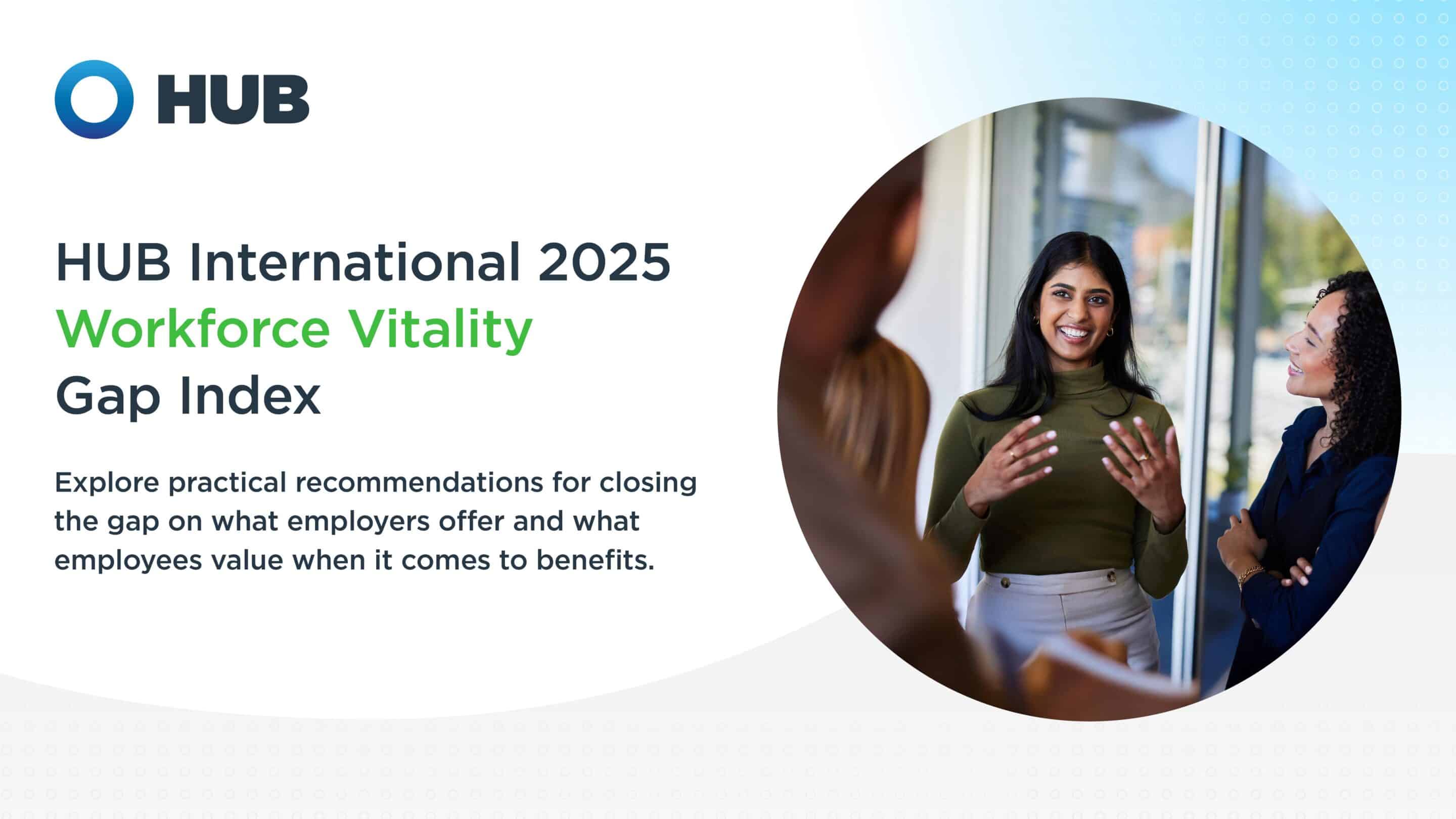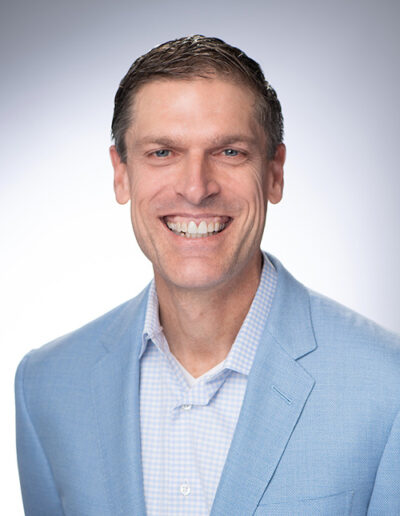HUB recently released its 2025 Workforce Vitality Gap Index – a crucial report that sheds light on the evolving landscape of employee needs and the effectiveness of current benefit offerings. It reveals notable differences between what employers offer and what employees value, based on a comprehensive survey of both decision-makers and employees across the country.
The report reveals a key issue: while organizations aim to provide competitive benefits and many employees feel positively about their total rewards, there is a significant “benefits gap” that can impact engagement, wellness and retention. This gap often arises because employers rely on limited data resources, missing deeper insights into their workforce’s true needs.
Despite deploying engagement surveys and tracking industry benchmarks, drawing meaningful insights can be especially difficult for leaders in a workforce that’s generationally and geographically diverse. With five generations in the workforce, even well-designed benefits can fall out of sync with evolving employee needs.
“Surveys and benchmarks only tell part of the story. For starters, they are often backward-looking. As a result, the benefits employees care about most—like flexibility and solutions that support financial well-being, including retirement planning—are often overlooked. For example, many employees express a desire for financial wellness, and companies often try to deliver. What our data shows is either the solutions offered to employees are missing the mark – or employees need more support in order to take advantage of the services offered”
– Jim O’Shaughnessy, President of HUB Retirement and Wealth Management – Northbrook, IL
The report found that personal finance concerns are the number one stressor impacting employee productivity, cited by half of all surveyed employees across all age groups. Employees aged 35-44 (52%) and 18-24 (51%) experience the highest levels of this stress. When it comes to financial wellness benefits, employees value retirement planning the most followed by personal wealth planning, yet the percentage of employers surveyed who offer these two benefits is just 68% and 53% respectively – further highlighting the disconnect.
Employers often focus on traditional retirement benefits when thinking about financial wellness, but the reality for many employees is that day-to-day financial struggles are far more pressing. A comprehensive Retirement & Private Wealth offering, with programs tailored to employee life stages, can offer more relevant and impactful support.
Services like HUB FinPath, which offers personalized financial coaching to help employees with everything from managing daily finances and student debt to preparing for homeownership and long-term wealth planning, can help alleviate the diverse financial stressors impacting productivity, leading to a more focused and stable workforce.
HUB’s 2025 Workforce Vitality Gap Index highlights where disconnects exist — and how small, strategic shifts can create bigger impact.
Download the Report to learn how your organization can bridge these gaps and build a healthier, more engaged workforce.
Click here to read more.


